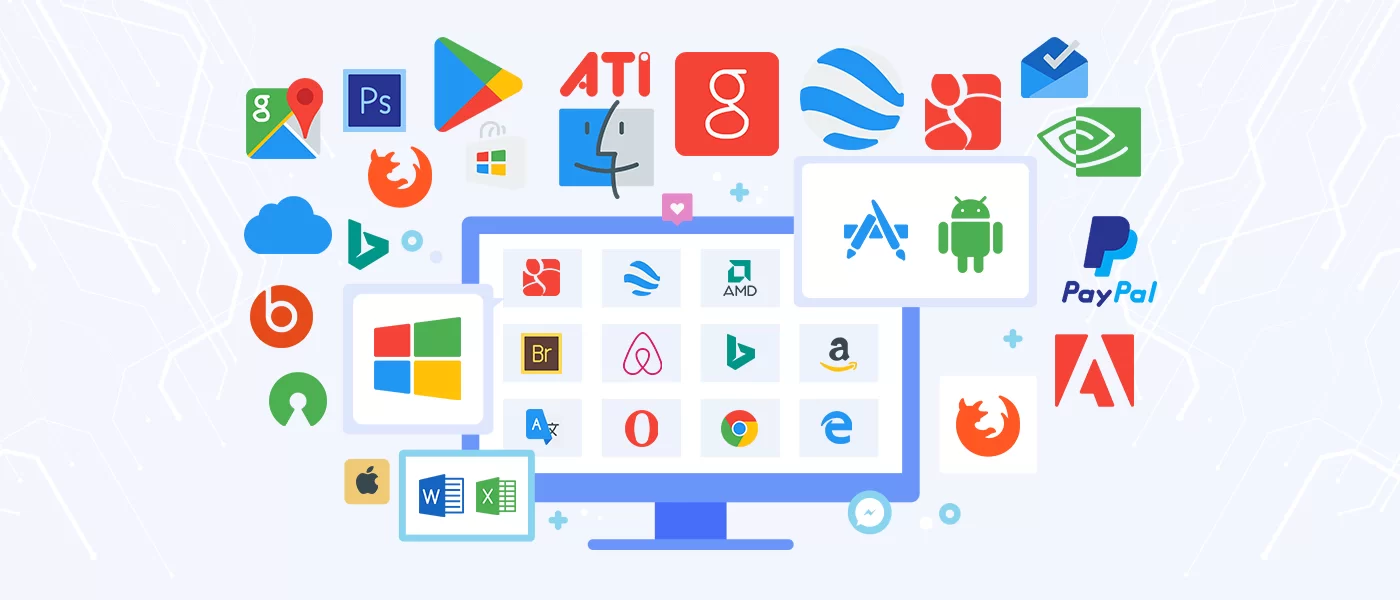A powerful and accelerating trend within the broader software industry is the strategic shift from horizontal, one-size-fits-all software to "Vertical SaaS"—software that is purpose-built to address the unique needs, workflows, and regulatory requirements of a specific industry. A market analysis focused on this specialization trend within the Software Market shows that vertical SaaS companies are gaining significant traction and achieving high market valuations by going deep, rather than broad. Horizontal software, such as a generic CRM or accounting program, is designed to be used by businesses across any industry. In contrast, a vertical SaaS product is tailored for a single vertical, such as construction, healthcare, or agriculture. For example, instead of a generic project management tool, a construction company might use a vertical SaaS platform that includes features specifically for managing blueprints, tracking construction equipment, and handling compliance with building codes. By offering a more tailored, industry-specific solution, vertical SaaS providers can deliver greater value, command higher prices, and build a more loyal customer base with lower churn rates than their horizontal counterparts.
The primary advantage of the vertical SaaS model is its ability to deliver a product that is a much better fit for the customer's specific needs "out of the box." This reduces the need for costly and time-consuming customization that is often required to make horizontal software work for a specialized industry. By deeply understanding the unique workflows, data models, and terminology of a single vertical, these companies can build features and integrations that a horizontal provider would never consider. For example, a healthcare SaaS for private medical practices would include features for managing electronic health records (EHR), handling medical billing and insurance claims, and ensuring compliance with HIPAA regulations. A vertical SaaS for the restaurant industry would integrate with point-of-sale (POS) systems, manage table reservations, and handle online ordering and delivery. The Software Market size is projected to grow USD 2488.96 Billion by 2035, exhibiting a CAGR of 11.9% during the forecast period 2025-2035. This deep domain expertise becomes a powerful competitive moat, making it difficult for larger, horizontal players to compete effectively.
The market opportunity for vertical SaaS is immense, as many traditional, non-tech industries are still in the early stages of their digital transformation and are underserved by existing software solutions. These industries, often referred to as "old economy" sectors like manufacturing, logistics, and real estate, have complex, legacy workflows that are ripe for disruption by modern, cloud-based software. Vertical SaaS companies can achieve highly efficient customer acquisition by using industry-specific marketing channels, attending trade shows, and leveraging word-of-mouth within a tight-knit industry community. While the total addressable market for a single vertical is smaller than the horizontal market, the ability to capture a dominant share of that vertical can lead to a highly profitable and defensible business. The continued fragmentation of the economy into specialized niches ensures that the trend towards vertical SaaS will be a major driver of software innovation and market growth for many years to come.
Top Trending Reports -






